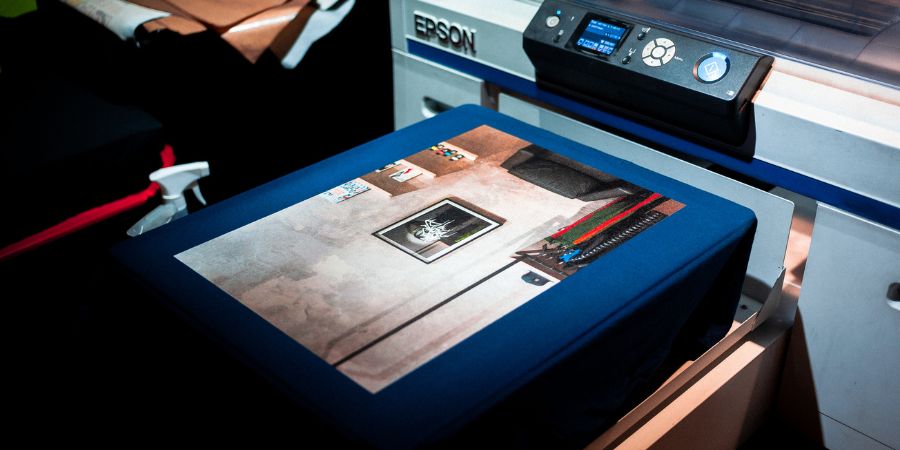Measurement of printing metrics is a mandatory exercise that any business who would want to enhance efficiency in their operations in order to minimize unnecessary expenditures. Printing has generally been regarded as a simple office activity, but when not monitored the activity may prove to be a major waste of resources. Through information gathering and researching of printing activities, businesses will be in a position to determine trends, find out areas of inefficiency and apply solutions that save time and money. Printing metrics do not simply mean the number of pages that have been printed; it entails other aspects that include how the equipment is utilized, how the material is used, and how effective the workflow is.
An in-depth solution to monitor printing metrics makes organizations make wise decisions to promote productivity. It gives an idea of the most common printers, the departments with the greatest number of prints, and the possible bottlenecks. In the long run, such a data-driven strategy can turn the printing into a hidden expense and one that is controlled to serve more general business purposes. Things like a coil binding machine or paper shredder can also be tracked, since knowing how they are used will streamline the entire office work.
Monitoring Equipment Performance
Monitoring the use of the printers is important in ensuring the best performance. Observation of such measures as print volume, the number of maintenance, and downtime will help businesses to avoid failures of the equipment and lengthen the service of their machines. This does not only assure steady production but also limits inconveniences which compromises productivity. Monitoring these indicators can show trends, e.g. some printers are overloaded whereas others are underutilized and organizations can redistribute the workloads more effectively.
Knowledge of equipment performance metrics is also useful in informing investment decisions. When a given printer has a lot of repair work or is always overworked, the management can make a decision whether to change it or to redistribute the work load. The integration of relevant machinery in tracking such as coil binding machines ensures that other relevant machines are also maximized. This holistic strategy will ensure that all the office equipment is effective in supporting the entire print process.
Reducing Material Waste
Monitoring printing metrics is essential towards managing the use of material such as paper, toner, and ink. Usage patterns are monitored to detect departments or employees who might be over-printing or using the resources without efficiency. Businesses using this data can make policies to minimize waste e.g. use of two-sided printing, distribute documents electronically, or enforce more rigorous criteria on large volumes of printed jobs.
Besides cost savings, material waste reduction helps in achieving sustainability in the environment. Companies are able to monitor the amount of paper consumed, the rates of replenishment of the toner cartridges, and even the rates of using the devices such as a paper shredder to dispose of the documents. The knowledge of these patterns enables the companies to plan procurement better and make sure that the resources are not kept on stock or are not underutilized and support environmentally responsible practices.
Improving Workflow Efficiency
The measurements of printing can give an understanding of the workflow bottlenecks and inefficiencies. To illustrate, the constant high volumes of prints during certain time periods can be seen as a sign that there may be a demand to introduce more equipment or change the schedule. Evaluating metrics can assist in determining areas in which processes can be streamlined like grouping the printing operations or relocating the mass jobs to more productive machines.
It is also possible to plan specialized work better due to the detailed picture of the workflow performance. As an example, in the case of a coil binding machine to make reports, it might be necessary to schedule to avoid delays during peak periods. Through this, incorporating these devices in the general workflow monitoring, the business will be able to make sure that all printing procedures, including simple documents printing and sophisticated finishing procedures, run well and efficiently.
Supporting Strategic Decisions
Printing metrics data is an effective strategic decision-making instrument. Organizations can also establish whether in-house printing can be cost effective or not in contrast to outsourcing of some project. Through trend analysis, companies can find ways to rationalize printers, see how old models can be updated or are able to adopt automation that ensures that less human effort is being used.
In addition, it assists in budgeting and financial planning through the measurements. Future costs and expenses can be projected more accurately by companies due to historical usage patterns and enable allocation of resources better. These projections can be fitted with equipment like coil binding machines and paper shredders and that all the details of the printing process are taken into account in long term plans.
Enhancing Accountability and Policy Compliance
Monitoring printing indicators promotes responsibility of employees and departments. When the usage data is available, personnel will become more aware of their printing practices and minimize unnecessary printing and encourage compliance to company policies. This responsibility also facilitates conformity with internal rules or external norms of document regulation.
Policies can also be adjusted and trained following metrics. As an example, when it is found that some of the teams have a bad habit of wasting printing resources or they do not effectively recycle paper, then special interventions can be applied. Devices such as a paper shredder should also be incorporated in these policies so that sensitive documents are treated with care, and yet performance is not jeopardized.
Conclusion
Printing metrics are no longer a choice of businesses that want to increase efficiency and improve the costs. Through monitoring equipment operations, materials use, workflow operations and employee behavior, the organization is able to obtain the insights of how to make the most out of printing operations. The process of tracking related devices like coil binding machines and paper shredders will help to make sure that everything was done in a proper way in relation to office printing. Strategic view of printing metrics enables businesses to enhance productivity, minimize wastage, and make effective decisions that will lead to its long-term growth.



